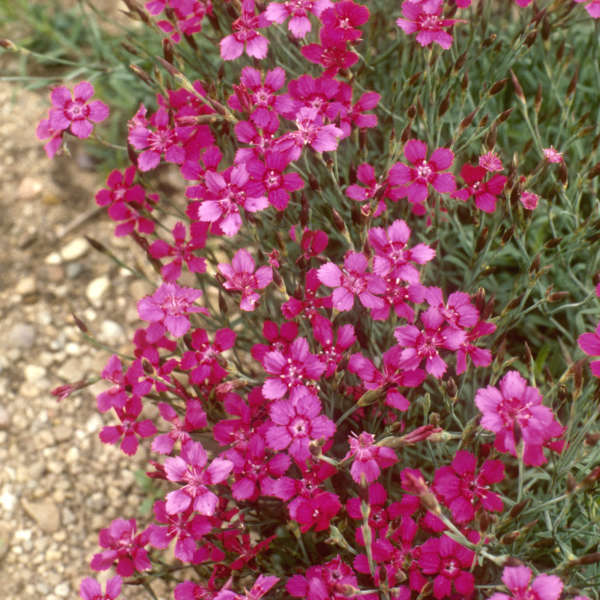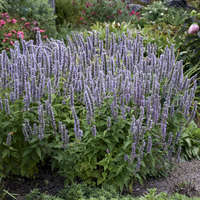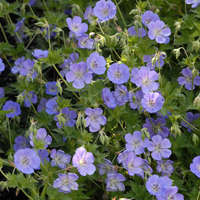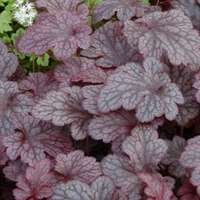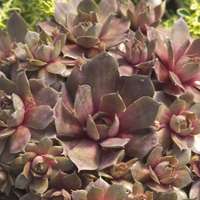Dianthus deltoides 'Brilliant'
Common Name: Maiden Pinks
Bright reddish-fuchsia blooms hover above dense, prostrate spreading mats of dark green to bronze evergreen foliage. Each of the 5 flower petals have serrated edges, looking as if they have been trimmed with pinking shears, hence the common name 'Pinks'. If deadheaded, this species will flower heaviest in early summer and again in fall. Maiden Pinks are named for their habit of partially closing their petals at dusk, like a shy maiden would.
In the cooler seasons, the leaves of this cultivar tend to take on purplish-red tones, and then revert back to green in spring.
D. deltoides is one of the most aggressive Dianthus species, and if allowed to form seed, it will self-sow freely.
